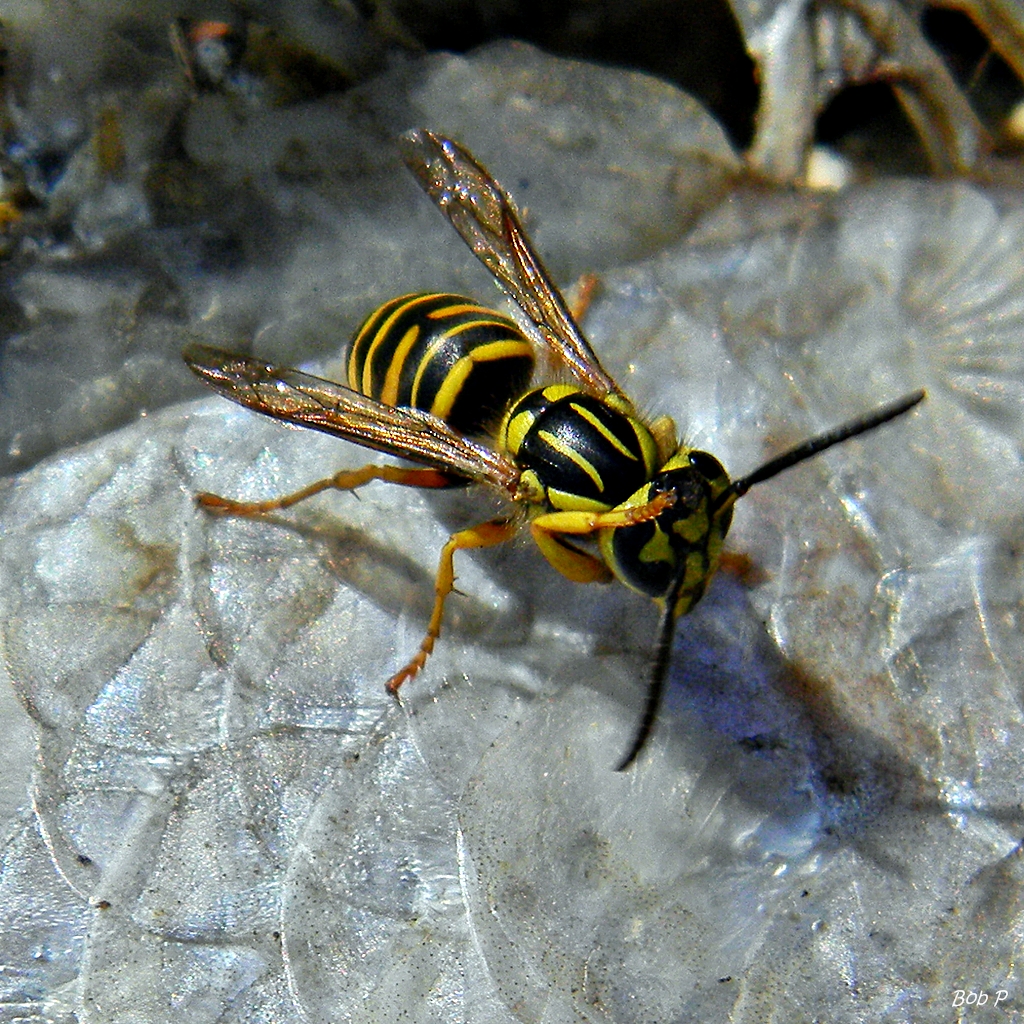Yellow jackets are a common sight in the warmer months, but understanding exactly when they are most active can help prevent encounters. These aggressive insects can be a nuisance and even dangerous if provoked. Let’s explore the time of year yellow jackets are most active and why, along with some practical tips to keep them at bay.

 During their active months, yellow jackets are typically seen around garbage cans, sugary drinks, fruits, and even meat. Their strong attraction to sweet substances makes them frequent visitors at outdoor gatherings. Knowing where they tend to hover can help you avoid potential stings.
During their active months, yellow jackets are typically seen around garbage cans, sugary drinks, fruits, and even meat. Their strong attraction to sweet substances makes them frequent visitors at outdoor gatherings. Knowing where they tend to hover can help you avoid potential stings.

Southern yellow jacket
When Are Yellow Jackets Most Active?
Typically, yellowjacket activity peaks between August and October, as this is when their colonies reach full strength. During spring and early summer, yellow jackets are still building their nests and the population is relatively small. By late summer, the colony’s population can swell into the thousands, increasing their presence and likelihood of interaction with humans. This time of year is crucial for yellow jackets because their food sources—such as other insects and sugary substances—are plentiful. As the weather begins to cool in the fall, yellow jackets become more aggressive as their food supplies dwindle. They are driven to search for sweet, carbohydrate-rich foods, leading them to areas populated by humans, such as parks, picnics, and outdoor events.Why Are Yellow Jackets Aggressive in Late Summer?
In late summer, yellow jackets’ behavior changes drastically. By this point, the colony has grown significantly, and food sources have become scarce. As they compete for dwindling resources, yellow jackets become more territorial and aggressive. They may also be more likely to sting during this time, especially when protecting their nest or food sources. One common myth is that yellow jackets are only aggressive when their nest is disturbed. In reality, these insects can become hostile even if you are just near their food source. This heightened aggression is why you may notice more stings and encounters with yellow jackets during late summer and fall.How to Identify Yellow Jacket Activity
Yellow jackets can often be confused with other stinging insects like bees or wasps, but they have distinguishing characteristics. Yellow jackets are smaller than most bees, with smooth bodies marked by bright yellow and black bands. Their nests are often hidden underground or in cavities, which makes it difficult to spot them until they swarm. During their active months, yellow jackets are typically seen around garbage cans, sugary drinks, fruits, and even meat. Their strong attraction to sweet substances makes them frequent visitors at outdoor gatherings. Knowing where they tend to hover can help you avoid potential stings.
During their active months, yellow jackets are typically seen around garbage cans, sugary drinks, fruits, and even meat. Their strong attraction to sweet substances makes them frequent visitors at outdoor gatherings. Knowing where they tend to hover can help you avoid potential stings.
Tips for Avoiding Yellow Jackets During Their Active Season
Avoiding yellow jackets can be challenging, especially when they are at their peak activity. Here are few tips:- Cover food and drinks: Yellow jackets are attracted to sugary foods and drinks. Keep all food and beverages covered when outdoors, especially during late summer and fall.
- Avoid wearing bright colors: Yellow jackets are drawn to bright colors and floral patterns, mistaking them for flowers. Wearing neutral colors can reduce your chances of attracting them.
- Keep garbage tightly sealed: Open trash cans are a magnet for yellow jackets. Ensure garbage bins are closed tightly and away from outdoor seating areas.
- Use yellow jacket traps: Setting out traps can help reduce the local population of yellow jackets. Place them away from common gathering areas to avoid attracting them closer to where people are.
What to Do if You Encounter a Yellow Jacket Nest
If you happen to come across a yellow jacket nest, it’s essential to handle the situation with care. Unlike other stinging insects, yellow jackets are known to attack in swarms if their nest is threatened. If you find a nest on your property, consider calling a professional exterminator for safe removal. Never try to destroy a yellow jacket nest during the day, as this is when they are most active. Nighttime nest removal is safer, as yellow jackets are less aggressive in the dark.Dos and Don’ts When Dealing with Yellow Jacket Stings
Here are some dos and don’ts you should keep in mind while dealing with Yellow jacket:| Dos | Don’ts |
| Do clean the sting site with soap and water to prevent infection. | Don’t scratch the sting site, as this can lead to infection. |
| Do apply ice or a cold compress to reduce swelling and pain. | Don’t panic or wave your arms aggressively if yellow jackets are nearby. This can provoke them. |
| Do take an antihistamine if you experience swelling or itching. | Don’t wear perfumes or heavily scented lotions during yellow jacket season, as these attract them. |
| Do seek medical attention if you experience allergic reactions such as difficulty breathing. | Don’t attempt to swat at yellow jackets, as this can make them more aggressive. |
| Do move calmly and slowly away from areas where yellow jackets are active. | Don’t try to remove a yellow jacket nest yourself—always call a professional. |




